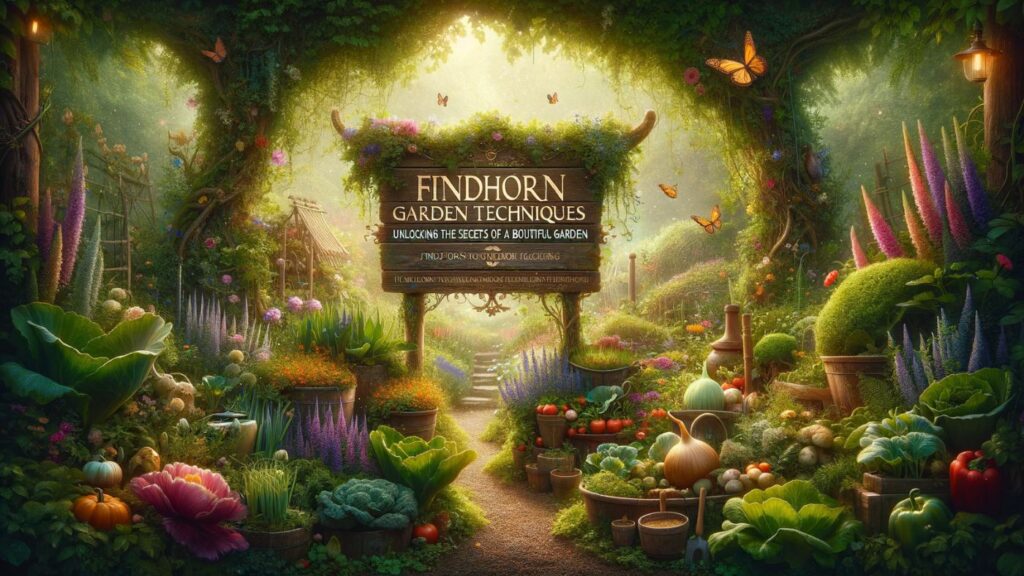
How to Grow a Biodynamic Garden
Biodynamics is a holistic, ecological, and ethical approach to farming, gardening, food, and nutrition. It is rooted in the work of philosopher and scientist Dr. Rudolf Steiner, who introduced the principles and practices of biodynamics in his 1924 lectures to farmers. Since then, biodynamics has continued to evolve through the collaboration of farmers and researchers worldwide. Biodynamics can be applied anywhere food is grown, with adaptation to scale, landscape, climate, and culture. In this article, we will explore how to grow a biodynamic garden.
Understand the Core Principles of Biodynamics
Before starting a biodynamic garden, it’s important to understand the core principles of biodynamics. These principles include viewing the farm or garden as an integrated whole and a living organism in its own right, using unique biodynamic compost and spray preparations to enhance soil health and vitality, and considering the farm’s individuality and potential.
Learn about Biodynamic Preparations
Biodynamic preparations play a crucial role in biodynamic gardening. These preparations, made from herbs, minerals, and animal manures, are used to activate and enliven the soil and enhance plant growth. There are several preparations, such as the 500 and 501, which involve burying cow horns filled with manure and herbs in the soil. It’s important to gain insight into these preparations and learn how to use them effectively in your garden.
Start with Healthy Soil
Healthy soil is the foundation of a successful biodynamic garden. Begin by testing your soil to determine its pH level and nutrient content. This will help you understand its specific needs and make appropriate amendments. Biodynamic gardening emphasizes the importance of organic matter in the soil, so incorporating compost and other organic materials is essential. Consider using biodynamic compost to enrich your soil and provide the necessary nutrients for your plants.
Plan Crop Rotation
Crop rotation is a key element in biodynamic gardening. It helps prevent the build-up of pests and diseases, improves soil fertility, and promotes balanced plant growth. Plan your garden in a way that ensures different crops are grown in different areas each year. This practice helps maintain a healthy ecosystem and prevents the depletion of nutrients in the soil.
Consider Companion Planting
Companion planting is another important aspect of biodynamic gardening. Certain plants have beneficial effects on others when grown in close proximity. They can help repel pests, attract beneficial insects, and enhance pollination. Research companion planting combinations that work well in your region and incorporate them into your garden plan.
Use Biodynamic Planting Calendar
The biodynamic planting calendar is a useful tool for timing your gardening activities. It takes into account the moon’s influence on plant growth and recommends optimal planting, cultivating, and harvesting periods. This calendar can help you align your gardening activities with the natural rhythms of the earth.
Practice Organic Pest and Disease Control
In biodynamic gardening, the emphasis is on prevention rather than intervention when it comes to pests and diseases. Maintaining healthy soil, practicing crop rotation, and companion planting can help reduce the occurrence of pests and diseases. However, if intervention is necessary, opt for organic and biodynamic-approved pest control methods. These methods include natural insect repellents, companion planting to attract beneficial insects, and biological controls such as introducing predatory insects.
Enhance Biodiversity
Promote biodiversity in your biodynamic garden by creating habitats for beneficial insects, birds, and other wildlife. Plant native flowers, shrubs, and trees that attract pollinators and provide food and shelter for beneficial organisms. Avoid the use of synthetic pesticides and herbicides that can harm beneficial insects and disrupt the natural balance of your garden.
Keep a Garden Journal
Maintaining a garden journal is a valuable practice in biodynamic gardening. Record observations, successes, and challenges in your garden. Note weather patterns, pest and disease occurrences, and crop yields. This information will help you make informed decisions in the future and improve your gardening practices.
Participate in the Biodynamic Community
Joining the biodynamic community is a great way to learn and grow as a biodynamic gardener. Consider becoming a member of the Biodynamic Association to gain access to resources, workshops, and conferences. Participate in online learning programs and connect with other biodynamic gardeners to share knowledge and experiences.
In conclusion, growing a biodynamic garden involves embracing the holistic principles and practices of biodynamics. By understanding the core principles, utilizing biodynamic preparations, promoting healthy soil, practicing crop rotation and companion planting, using the biodynamic planting calendar, practicing organic pest and disease control, enhancing biodiversity, keeping a garden journal, and participating in the biodynamic community, you can create a thriving and vibrant garden that nurtures the health of the soil, plants, and ecosystem. Happy gardening!


